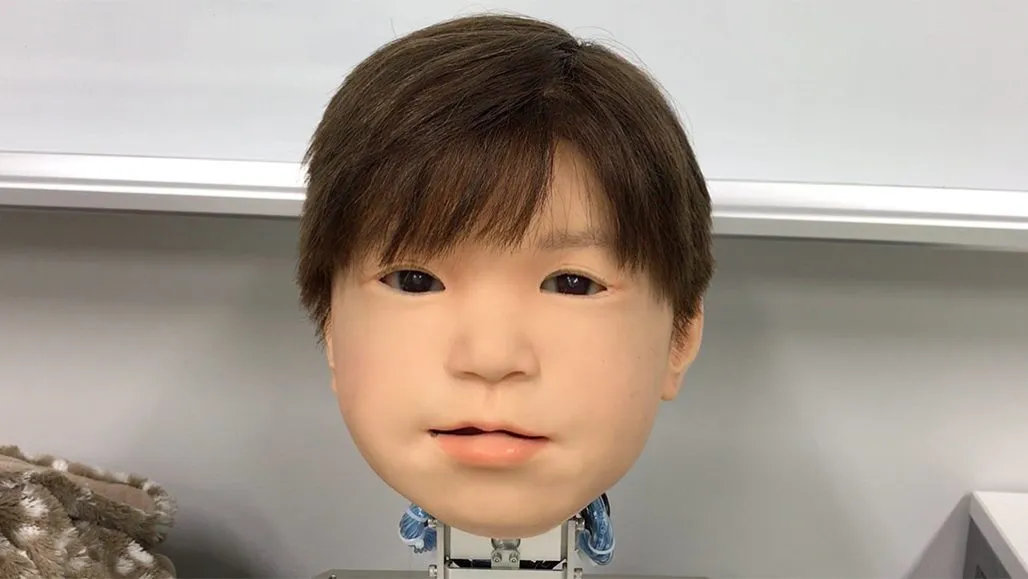Linking Sense of Touch to Facial Movement Inches Robots toward ‘Feeling’ Pain

Sensors embedded in soft, artificial skin that can detect both a gentle touch and a painful thump have been hooked up to a robot that can then signal emotions, reported Minoru Asada, a Professor at the Graduate School of Engineering, Osaka University, and the Director of the Division of Cognitive Neuroscience Robotics at the Osaka University Institute for Academic Initiatives, according to the ScienceNews.
This artificial “pain nervous system,” as Asada calls it, may be a small building block for a machine that could ultimately experience pain (in a robotic sort of way). Such a feeling might also allow a robot to “empathize” with a human companion’s suffering.
Asada, an engineer at Osaka University in Japan, and his colleagues have designed touch sensors that reliably pick up a range of touches. In a robot system named Affetto, an unsettlingly realistic-looking child’s head, these touch and pain signals can be converted to emotional facial expressions (SN: 7/2/19).
A touch-sensitive, soft material, as opposed to a rigid metal surface, allows richer interactions between machine and world, says neuroscientist Kingson Man of the University of Southern California in Los Angeles. Artificial skin “allows the possibility of engagement in versatile and truly intelligent ways.”
Such a system, Asada says, might ultimately lead to robots that can recognize the pain of others, a valuable skill for robots designed to help care for elderly people, for instance.
But there is an important distinction between a robot that responds in a predictable way to a painful thump and a robot that’s capable of approximating an internal feeling, says Antonio Damasio, a neuroscientist also at the University of Southern California. In a recent article, he and Man argue that such an artificial sense of feeling might arise if robots were programmed to experience something akin to a mental state such as pain (SN: 11/10/19).
A robot with tactile sensors that can detect touch and pain is “along the lines of having a robot, for example, that smiles when you talk to it,” Damasio says. “It’s a device for communication of the machine to a human.” While that’s an interesting development, “it’s not the same thing” as a robot designed to compute some sort of internal experience, he says.
4155/v





















